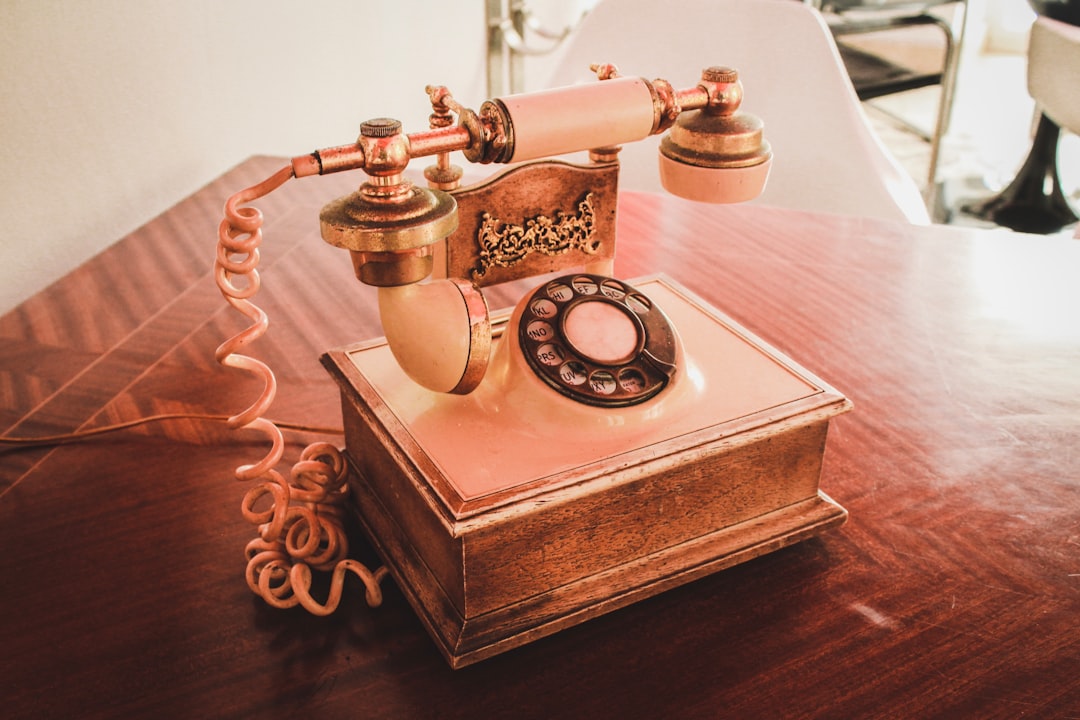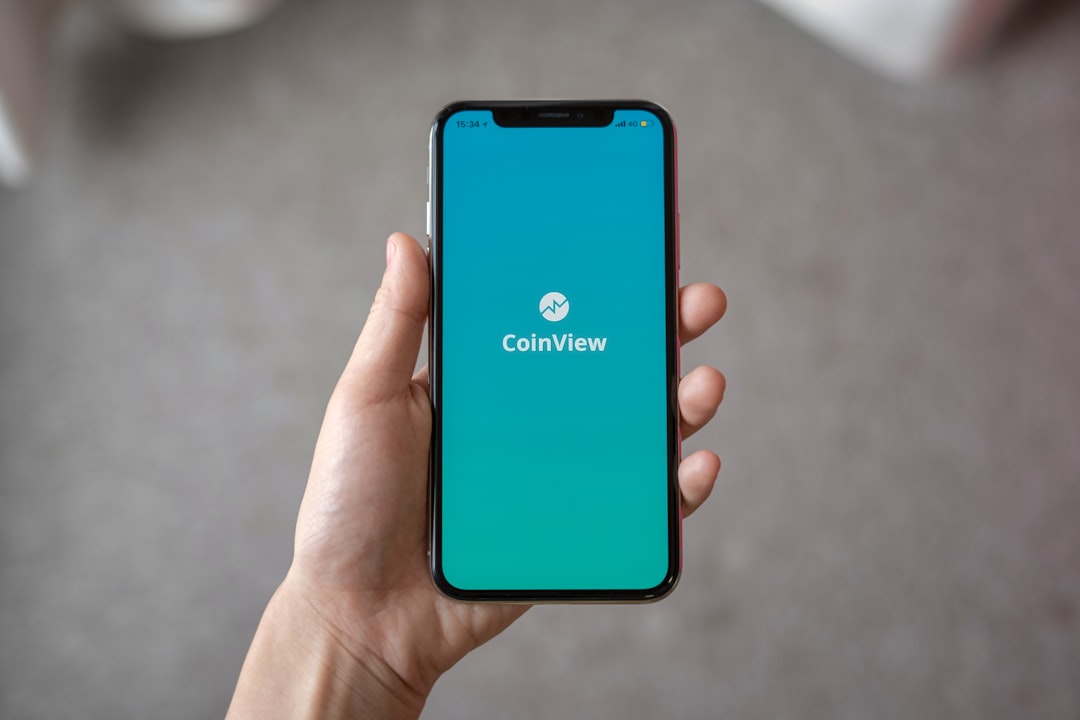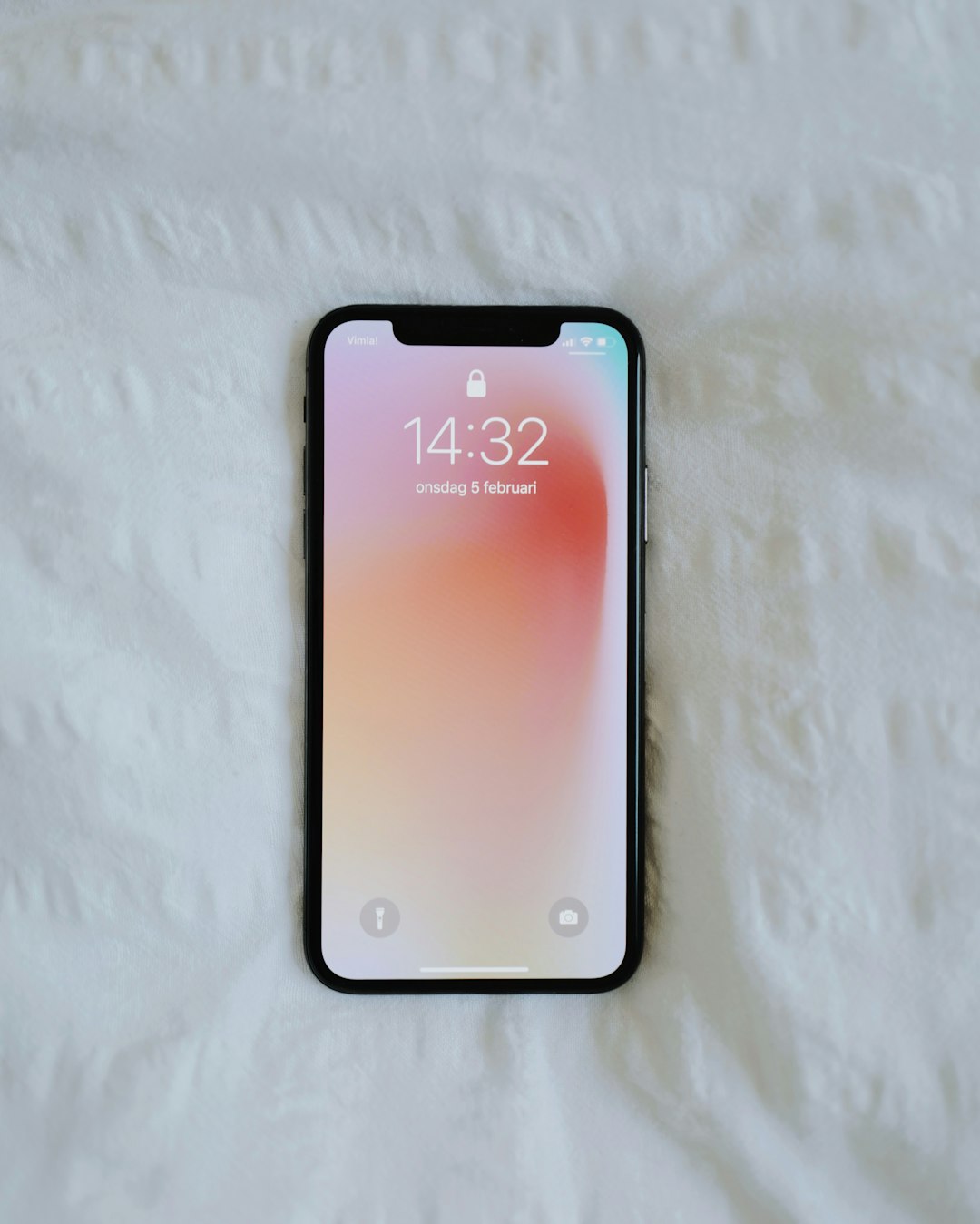Spam calls, a growing issue in Minnesota, disrupt daily life and harass residents. The Telephone Consumer Protection Act (TCPA) offers legal protection, but Minnesotans must take proactive steps. By understanding spam tactics, registering with do-not-call lists, using blocking apps, and adjusting phone settings, residents can reclaim peace of mind. Modern smartphones offer built-in protections, and businesses should invest in advanced systems to screen/block calls and train staff. These measures empower Minnesotans to control their communication and reduce disruptive spam calls.
Tired of relentless spam calls? Minnesota residents and businesses face a growing problem with unwanted phone solicitations, impacting quality of life and productivity. This guide explores effective strategies to combat this nuisance. We’ll delve into the legal landscape surrounding spam calls in Minnesota and provide practical tips for both individuals and businesses to reduce and eliminate these intrusions. Learn how to protect your privacy and reclaim control over your communication channels.
Understanding Spam Calls and Their Impact in Minnesota

Spam calls, also known as unwanted or unsolicited phone calls, have become a significant nuisance for many Minnesotans. With the advancement in technology, scammers and telemarketers now employ sophisticated methods to target residents across the state. These calls can include pre-recorded messages, live sales representatives, or even automated systems that dial randomly, causing distress and disrupting daily life. The impact is not just limited to annoyance; many victims report feeling harassed and vulnerable, especially when personal information is solicited during these calls.
In Minnesota, as in many other states, spam calls are regulated by laws aimed at protecting consumers. Understanding the nature of these calls and their effects is the first step towards combating this issue. Knowing how to identify spam, blocking numbers, and reporting suspicious activities can empower residents to take control. By implementing simple yet effective strategies, such as registering with do-not-call lists, using call-blocking apps, or adjusting phone settings, Minnesotans can significantly reduce the number of unwanted calls they receive, thereby enhancing their overall peace of mind and safety.
Legal Measures and Tools to Combat Spam Calls

In Minnesota, as in many states, there are robust legal measures in place to combat spam calls. The Telephone Consumer Protection Act (TCPA) is a federal law that prohibits telemarketers from making unsolicited phone calls using automatic dialing systems or prerecorded messages, often known as robocalls. It also provides consumers with the right to stop receiving such calls by simply asking the caller to remove their number from their list. Minnesota’s Attorney General’s Office actively enforces these laws and offers resources for residents to register complaints against spam callers.
Additionally, several tools are available to help Minnesotans reduce spam calls. These include registering your phone number on the National Do Not Call Registry, which restricts telemarketing calls; using call-blocking apps or software that can identify and block known spam numbers; and adjusting your phone settings to limit unknown or unwanted callers. Many modern smartphones have built-in features for this purpose, making it easier than ever to protect yourself from intrusive spam calls.
Practical Strategies for Individuals and Businesses in Minnesota

In the face of escalating spam call nuisance, individuals and businesses in Minnesota can take proactive steps to safeguard their peace and privacy. Start by verifying your contact information isn’t readily available online, as spammers often glean details from public directories. Implementing robust do-not-call measures is also paramount; register your number with national Do Not Call registries, and utilize local tools specific to Minnesota that offer enhanced protection against spam calls.
For businesses, employing advanced phone systems equipped with call screening and blocking features can significantly mitigate unwanted calls. Additionally, training employees on recognizing and reporting suspicious calls can further strengthen defenses. By adopting these practical strategies, Minnesotans can reclaim control over their communication channels and create a safer, less disruptive environment.






